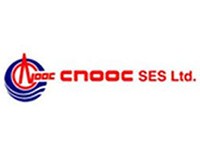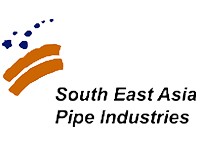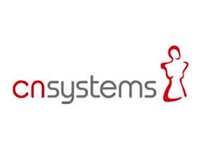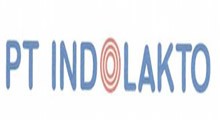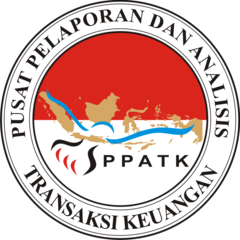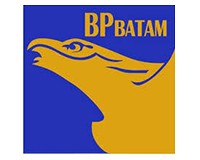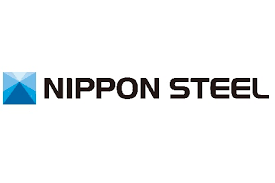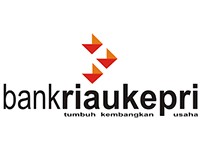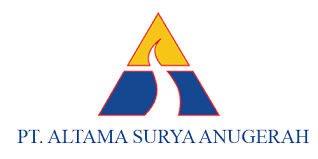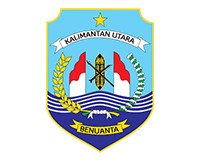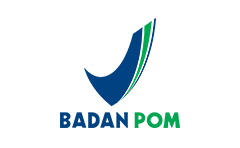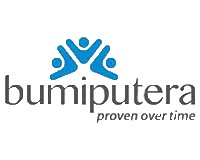CERTIFIED INTERNATIONAL LOGISTICS MANAGER
Explore Training Details BelowJadwal Training Selanjutnya
| Date | Topic Training" | Investment |
|---|
Silabus
|
Descriptions |
Logistics Managementprovides a practical, management perspective of the following areas of logistics such as: distribution, transportation, order fulfillment, sales and operations planning, importing/exporting, global logistics, introduction to logistics portions of ERP systems, third party logistics, managing people &change within the supply chain, the greening of the supply chain, key performance indicators, and recent supply chain technologies. The course is designed for participants who have strong inclination for professional experience in logistics. To promote methods of approaching real‐world business problems, an integrated case study was developed for this course where participants analyze aspects of the logistics system and working in teams, the students analyze customer, supplier and inventory data to recommend its warehouse layout, transportation system and carriers, and distribution center location as related to their industry Participants will be expected to gain a working understanding of how to identify, reference and implement logistics and inventory management and control policies, standards and related logistics operation standards. Regarding the latter, the objective is to learn how to identify and interpret the requirements of the standards and. implement the standards in the logistics process.. Each class session will include discussion on logistics management, security, control or logistics issues that participants should be familiar with. |
|
Objectives |
At the completion of this course, the participants should be able to :
|
|
Target Audience |
|
|
Duration |
3 Days |
|
Course Contents and Descriptions |
|
|
(1)-Introduction to Logistics management |
|
|
(2)-Logistics Network Design |
The Role of Major Network Design Decisions in a Supply Chain Major network design decisions Objective network design Data for network design Network Design Problems Best distribution strategy |
|
(3)-Inventory Management |
The Inventory Where do we hold inventory? Types of inventory Why do we hold inventory? Why inventory management? Inventory policy Inventory Models Economic lot size / Economic Order Quantity (EOQ) model Optimal amount with discount on purchase price EOQ model with backlogging Effect of nonzero lead-time Variations on the EOQ model -- (r,W) Models Effect of demand uncertainties (with a probabilistic demand distribution) Model with uniform lead-time demand and constant lead-time Model with normal lead-time demand and constant lead-time Model with both uncertain lead-time demand and uncertain lead-time Calculation of average inventory under (r,W) policy Expected annual cost of Safety Stock |
|
(4)-Transportation Logistics Management |
|
|
(5)-Reengineering the Supply Chain Using IT and ITS |
|
|
(6)- Distribution Strategy |
This segment describes the diversified distribution strategy to be applied for effective and efficient distribution operations such as:
|
Trainer : Spectracentre Trainer Team
Tanggal Training
Rabu - Jum'at , 18 Desember 2019 - 20 Desember 2019
Investasi
Rp.20,000,000
Certification
-
Form Pendaftaran
- Pengisian Formulir Pendaftaran Pelatihan Spectra Trainer belum bersifat mengikat, penawaran dan penjelasan resmi dan lebih lengkap akan diberikan langsung oleh Marketing Spectra Training yang bersangkutan dengan topik / kebutuhan Pelatihan yang Anda minta, sesaat setelah data Anda sampai di email pendaftaran kami. Anda berhak untuk membatalkan untuk mengikuti training, jika penawaran resmi dari Marketing Spectra Training yang bersangkutan berbeda dengan kebutuhan Anda.
- Mohon melengkapi data Anda sedetail mungkin di Setiap Pengisian Formulir Our Services Spectra Training , , kesalahan/kekurangan data yang diisikan, akan menyebabkan Marketing Kami akan kesulitan menghubungi Anda.
- Untuk jadwal tanggal pelaksanaan Public Training bisa berubah dikarenakan disesuaikan dengan jadwal trainer dan kondisi jumlah peserta
- Untuk 1 Peserta Public Training Kami , Akan Tetap Berjalan Dan Pelaksanaan Di Hotel Berbintang










